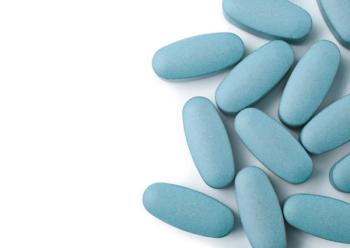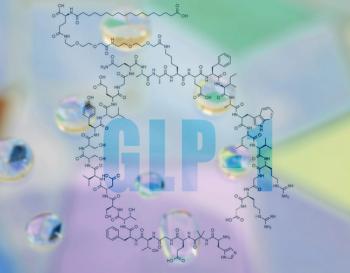
|Slideshows|January 11, 2021
7 Questions That Separate ADHD From Bipolar Disorder
Author(s)Chris Aiken, MD
What are they key differences between ADHD and bipolar disorder? How can they be identified?
Advertisement
Newsletter
Receive trusted psychiatric news, expert analysis, and clinical insights — subscribe today to support your practice and your patients.
Advertisement
Latest CME
Advertisement
Advertisement
Trending on Psychiatric Times
1
Competence and Compassion in the Reiner Family Tragedy
2
FDA Recommends Additional Phase 3 Trial for Brilaroxazine for Schizophrenia
3
Cobenfy for Treatment of Schizophrenia Now Approved in China
4
Acute Sleep Medications for Professional Athletes
5















